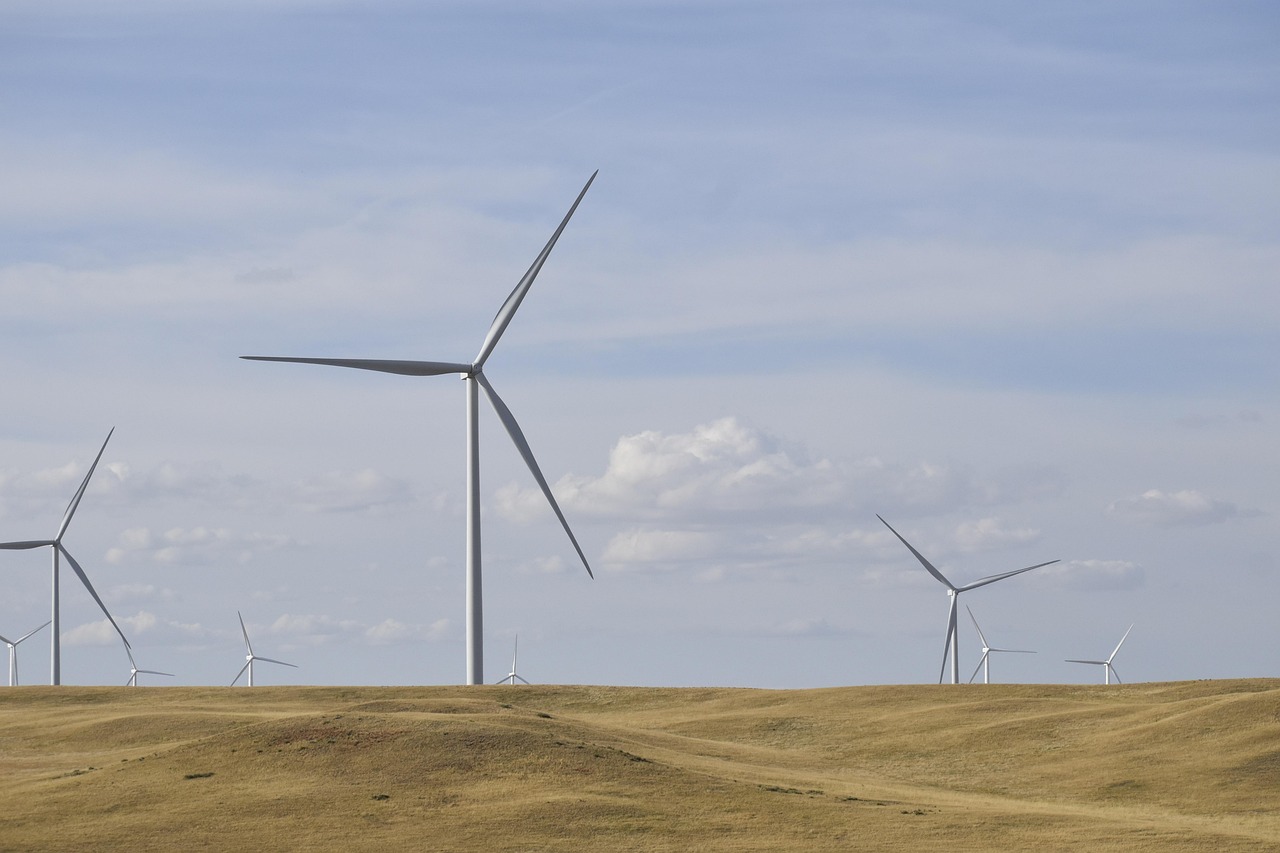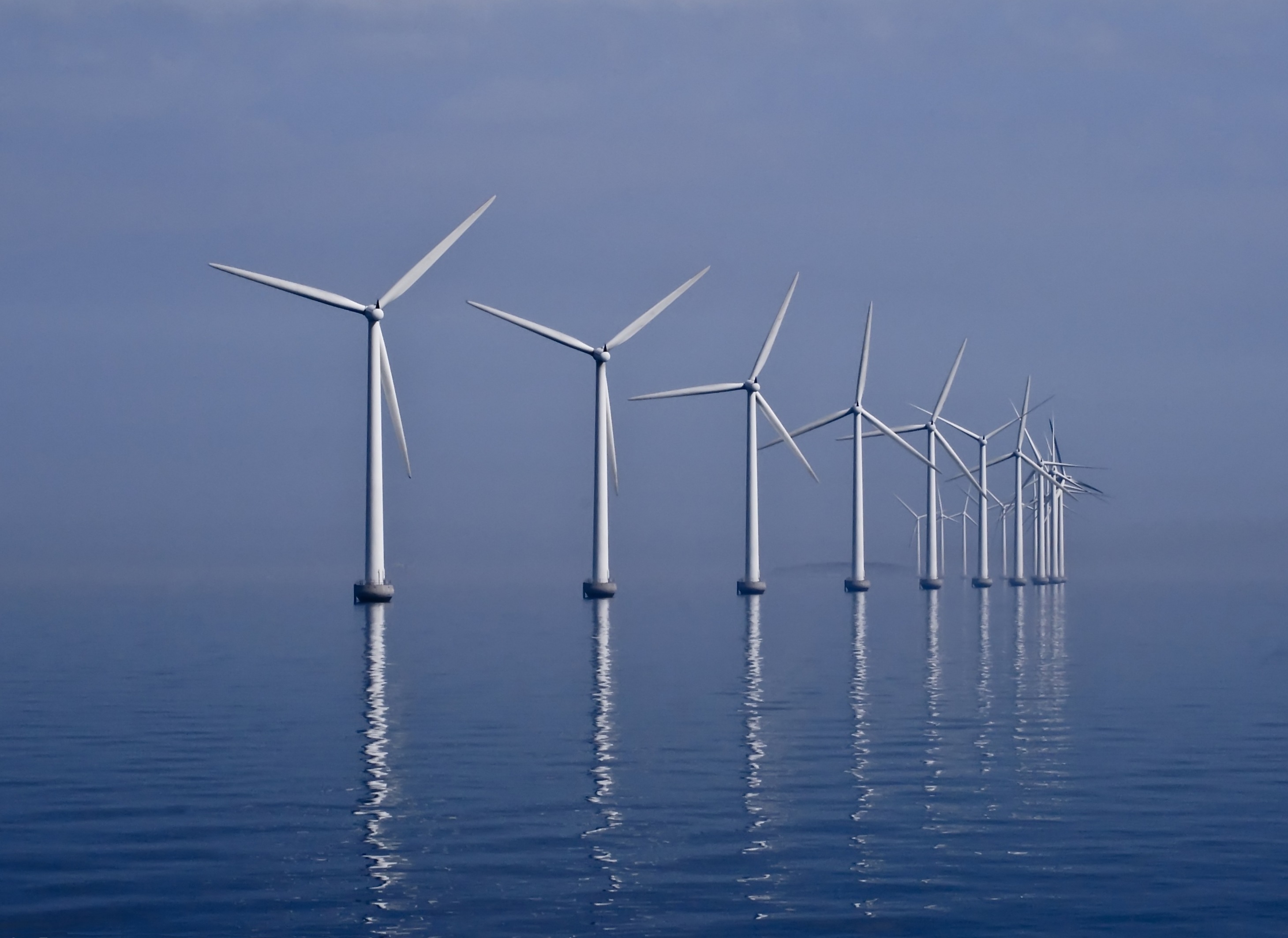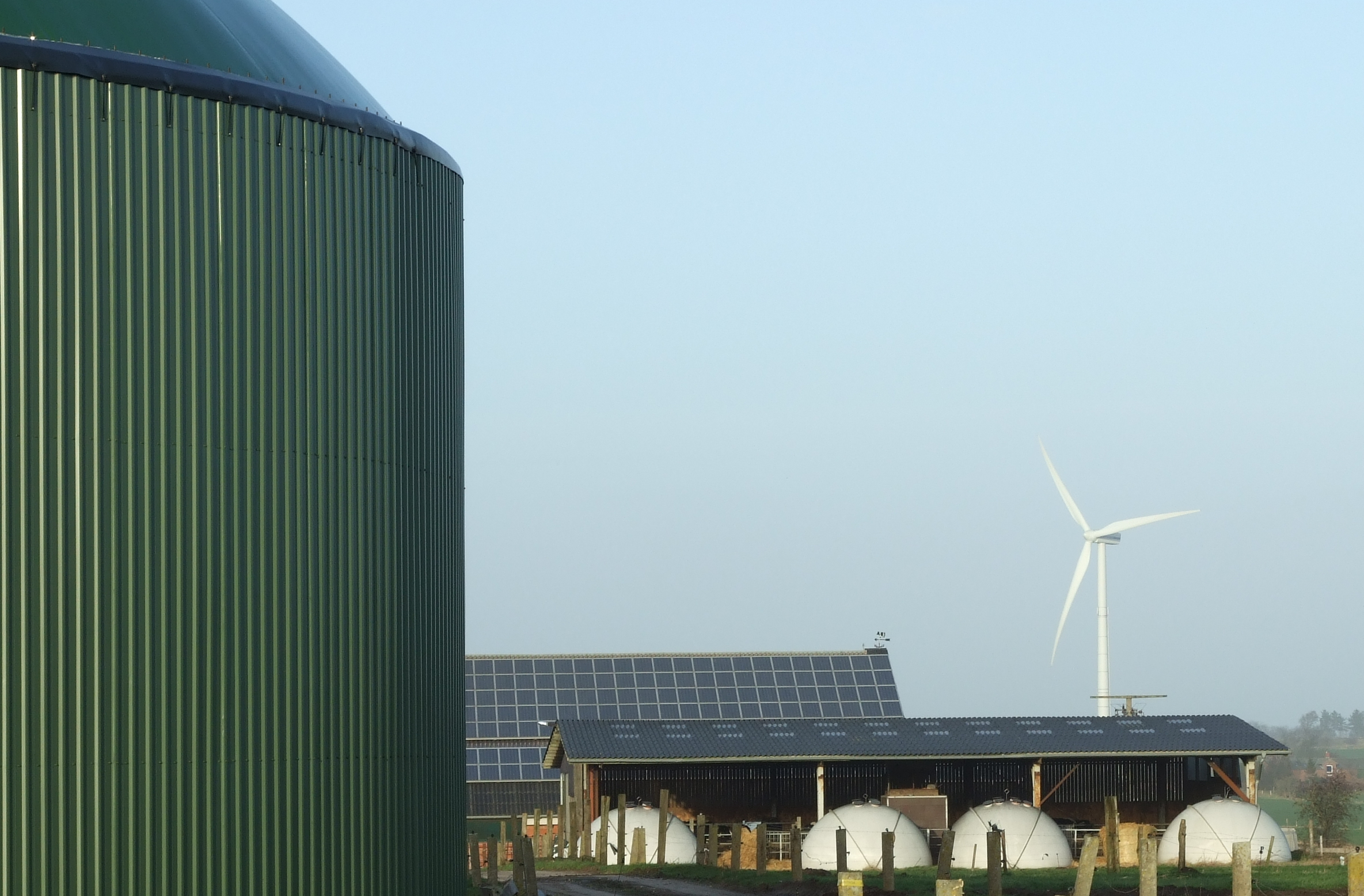- Why Scientists Track Atmospheric Carbon With Giant Towers - October 7, 2025
- The Link Between Melting Ice and Rising Sea Levels Explained - October 6, 2025
- How Ocean Currents Help Regulate Global Climate - October 5, 2025
Sweden: Leading with High Carbon Taxes and Clean Energy

Sweden continues to set the global standard for carbon emission reductions in 2025. The nation has committed to slashing greenhouse gas emissions by 59% from 2005 levels by 2030, placing it among the most ambitious climate leaders. One of Sweden’s most powerful tools is its world-leading carbon tax, which currently stands at an astonishing €122 per ton. This aggressive pricing strategy has prompted businesses and individuals to rethink their energy use and switch to cleaner alternatives. Most of Sweden’s electricity comes from nuclear, hydro, and biofuels, significantly lowering its reliance on fossil fuels. The country’s cities, like Stockholm and Gothenburg, are often praised for their public transit and cycling infrastructure, helping drive down transportation emissions. Swedish officials frequently tout their model as proof that economic growth can go hand in hand with environmental responsibility. “The world is watching,” a minister recently said, “and we’re determined to prove that bold action pays off.”
Norway: Harnessing Hydropower and Tightening Carbon Controls

Norway remains a trailblazer, planning to halve its greenhouse gas emissions by 2030 compared to 1990 levels. The nation covers about 85% of its domestic emissions through either the EU Emissions Trading System or its own national carbon tax, which is now roughly €76 per ton. Norway’s energy grid is famously clean, with hydropower providing nearly all the country’s electricity. In recent years, Norway has accelerated efforts to electrify its transport sector, with electric vehicles now accounting for more than 80% of new car sales. The government is also investing in carbon capture and storage to tackle emissions from its oil and gas sector. Despite being a major exporter of fossil fuels, Norway’s domestic policies are some of the strictest in the world. One Norwegian climate official remarked, “We have a responsibility to lead, not just follow, in the fight against climate change.”
Denmark: Wind Power and Ambitious 2030 Targets

Denmark’s climate ambitions are nothing short of striking. The country is targeting a 70% reduction in greenhouse gas emissions from 1990 levels by 2030, one of the most ambitious goals in the European Union. Wind turbines have become a national symbol, and Denmark regularly generates more electricity from wind than it consumes. The government has also mandated that at least half of Denmark’s energy come from renewables by 2030. New policies introduced in 2024 incentivize both private homeowners and corporations to invest in solar and heat pumps. Major Danish companies, from shipping giants to food producers, are retooling operations for lower emissions. Danish leaders are vocal about their progress, with one stating, “We’re not just aiming high—we’re on the path to hit our targets.” The country’s commitment has made it a model for others seeking a rapid, balanced energy transition.
United Kingdom: Rapid Decarbonization and Green Investment

The United Kingdom is seeing a dramatic transformation in its emissions profile, with a pledge to cut greenhouse gases by at least 68% from 1990 levels by 2030. By 2020, the UK had already reduced emissions by nearly 45%, thanks in part to the rapid phaseout of coal power. The government has made significant investments in biofuels, offshore wind farms, and nuclear energy. In 2024, several major coal-fired power stations were retired ahead of schedule, accelerating the decline in carbon output. The UK has also introduced stricter efficiency standards for buildings and vehicles. British cities like London and Manchester are expanding low-emission zones, making it costlier for high-polluting vehicles to enter. “We’re showing the world that clean energy can power a modern economy,” said a government spokesperson. The UK’s combination of regulation and innovation is helping it stay ahead in the race to zero carbon.
Bhutan: The World’s Only Carbon-Negative Country

Bhutan stands out as a unique global example, maintaining its status as one of the world’s only carbon-negative countries. The Himalayan kingdom’s dense forests absorb far more carbon dioxide than its population emits. By 2025, Bhutan’s hydroelectric exports are projected to offset carbon emissions by 22.4 million tons, a figure that dwarfs its own domestic output. The government has implemented strict conservation policies, making environmental protection a central pillar of the nation’s constitution. Bhutan’s focus on Gross National Happiness places a strong emphasis on sustainability, and citizens actively participate in community reforestation projects. Even as tourism grows, the government caps visitor numbers to limit the industry’s environmental impact. One Bhutanese official explained, “Our forests are our life—protecting them is our duty, not just a choice.” With its holistic and ambitious approach, Bhutan continues to inspire climate advocates worldwide.
China: Surprising Progress Amidst Growing Demand

China, the world’s largest emitter, has recorded a notable shift: in the first quarter of 2025, CO₂ emissions dropped by 1.6% year-on-year. This decline comes despite rising energy demand, thanks to a surge in new wind, solar, and nuclear power installations. In recent years, China has invested heavily in renewable energy, building the world’s largest fleets of wind and solar farms. The government has also tightened regulations on coal and expanded electric vehicle incentives. In many provinces, coal’s share of the energy mix is shrinking for the first time in decades. A climate researcher in Beijing observed, “China’s scale means even small percentage drops have global impact.” While challenges remain, especially with heavy industry, these recent numbers prove that a shift toward cleaner energy is underway.
European Union: A Continent-Wide Push on Renewables

The European Union continues to make headlines with its rapid energy transition. In 2024, EU energy-related CO₂ emissions dropped by 2.2%, a shift driven largely by an unprecedented surge in renewables. Nearly half of the bloc’s electricity now comes from renewable sources, and wind and solar alone reached a record 28%, overtaking coal and gas combined. The EU’s Green Deal policies, including carbon pricing and emissions trading, are pushing industries to innovate or pay higher costs. Several member states are phasing out coal entirely by 2025, while others are expanding offshore wind installations at a record pace. The shift is visible on the ground, with cleaner air and lower utility bills in many cities. “Europe is proving that renewables can power a continent,” said a top EU commissioner this year. The bloc’s coordinated approach is setting benchmarks that others are racing to follow.
Germany: Steady Reductions and a Clear Path to Carbon Neutrality

Germany’s efforts to cut emissions are showing real results, with a 3% drop in greenhouse gas output in 2024 compared to the previous year. The country’s total emissions now stand at 656 million metric tons of CO₂ equivalent, and the government is determined to reach carbon neutrality by 2045. Recent legislation has accelerated the expansion of wind and solar energy, while new efficiency rules target industry and transport. Coal-fired power generation continues to decline, and Germany is investing heavily in hydrogen and battery storage technologies. Major carmakers are rolling out electric vehicle fleets, responding to both regulation and consumer demand. “We are transforming our economy, step by step,” a German minister said in March. The country’s pragmatic yet persistent approach is helping it make steady headway toward its climate goals.
Japan: Raising the Bar with New Climate Targets

Japan unveiled its revised climate targets in February 2025, committing to a 60% reduction in greenhouse gas emissions by 2035 and a 73% cut by 2040. The government’s new roadmap calls for renewables to produce at least 50% of electricity by 2040, a bold shift for a country long reliant on imported fossil fuels. Recent investments have focused on offshore wind, geothermal, and large-scale solar projects. Japan is also promoting hydrogen fuel and next-generation nuclear reactors as part of its clean energy mix. The government is offering incentives for both households and industries to switch to cleaner technologies. “Japan is ready to lead by example,” a senior official declared, pointing to the rapid pace of policy change. With these aggressive new targets, Japan is positioning itself at the forefront of Asia’s climate transition.

